Aigues-Mortes in Occitan Aigas-Mórtas, or Eaux –Mortes is a town located in the south of Gard in Occitania, 32.5 km from Montpellier. The inhabitants are called Aigues-Mortais and Aigues-Mortaises et aigamortencs in Occitan. Aigues-Mortes was built during the reign of Saint-Louis, known as Louis IX.
From the start of his reign Louis IX wanted to have an outlet on the Mediterranean; he had the port of Aigues-Mortes built.
The towers and ramparts of Aigues Mortes form a monument open to the public by the Center des monuments nationaux.
The Chapel of the White Penitents of Aigues-Mortes, is located at the corner of the rue de la République and the rue Louis-Blanc, it belongs to the brotherhood of the White Penitents. The Chapel of the White Penitents was built in the 17th century. The brotherhood of the White Penitents was founded in 1625 by dissidents of the Gray Penitents. The chapel was certainly built at this time (date 1668 on the portal). During the Revolution, the Chapel served as the seat of the Sans Culottes and was stripped of its furniture. It was bought in 1796, used as a parish church and then taken over by the Penitents who rebuilt the choir. In 1818, the neoclassical expansion was entrusted to engineer Durand.
Above the choir, on the vault, we can see a copy of the Jerusalem altarpiece where Christ celebrated Passover and Maundy Thursday with his apostles. Around the high altar, a painting on canvas traces the descent of the Holy Spirit on the day of Pentecost. It is attributed to Xavier Sigalon, a painter born in Uzès in 1778. On each side of the choir stand two statues: on the left Saint Felix for the redemption of captives, on the right Saint Jacques the Minor, first bishop of Jerusalem.
The Tour de Constance, was erected in 1242 by Saint Louis on the former site of the Matafère tower, built by Charlemagne around 790, to house the king’s garrison. The work was completed in 1254. Its diameter is 22 meters, its height at the top of the lantern is 33 or 40 meters according to various sources … The thickness of the walls at the base is 6 meters.
Between these two rooms, a narrow walkway was built in the thickness of the wall to watch over the lower room. After the hall of the knights, one reaches the terrace which offers a wide panorama on the region, thus representing an ideal post of surveillance. The prisoners were sometimes allowed to come and breathe clean air.
In the towers and ramparts, exhibitions are organized:
In 2014, to celebrate the 800th anniversary of the birth of Saint Louis, the Center des monuments nationaux organized an exhibition called Saint Louis, from the West to the East, on Saint Louis and the Crusades. The ramparts extend over a length of 1,600 meters. Spectacular by their height and the state of their conservation (they were not restored in the 19th century as was the case, for example, for Carcassonne), they constitute, with the tower of Constance, an exceptional testimony in Western Europe military architecture in a marshy environment in the 13th and 14th centuries. The classification of this set at Unesco, under the theme of man in his environment, is a subject of mobilization: a file was drawn up in 2011, and many actions, including the removal of electricity poles, have been undertaken. to allow this classification. This procedure is unfortunately thwarted by the already effective rankings of very close sites such as Pont du Gard, Avignon or Arles.
The Plan des Théâtres are arenas, built at the end of the 19th century, intended for Camargue races. They were inscribed in 1993 on the supplementary inventory of the List of Historic Monuments (MH) for their ethnological and cultural interest. They can accommodate more than six hundred people.
The Rhône à Sète canal crosses Aigues-Mortes, the decision to build in 1773 and end of all the work in 1834. It connects the Thau lagoon at the height of Sète au Rhône at Beaucaire. Beyond the Thau, it is extended by the Canal du Midi. Aigues-Mortes is located in the Petite Camargue, made up of ponds, known as the Étang du Roy, to the south-east, the Étang de la ville to the south of Aigues-Mortes, part of the Etang de Caitives found on Saint-Laurent-d’Aigouze, the Etang de la Marette to the southwest of the city and the Etang de Maugio to the west.
Aigues-Mortes is linked to the sea by the Grau-du-Roi canal. As a result, the municipalities of Grau-du-Roi and Saint-Laurent-d’Aigouze border Aigues-Mortes.
The southern half of the territory is occupied by salt pans, ponds and marshes. Aigues-Mortes is at a crossroads of canals;
The Rhône canal at Sète, coming from the northeast and heading back to the west;
The Bourgidou canal towards the south-east, this one joins the Petit Rhône via other canals at the limits of Gard and Bouches-du-Rhône;
The Grau du Roi, has been maintained since the Middle Ages, connecting Aigues-Mortes to the central part of Grau-du-Roi.
The name of Aquae Mortuae is mentioned during the embarkation of Saint Louis in 1248 in this place for his first crusade. This name comes from the Occitan Aigas Mòrtas “dead water”, that is to say “stagnant water”.
The name of Aigues-Mortes comes from the marshes and ponds that stretched around the village and also from the fact that there was never any running water in Aigues-Mortes. Grau comes from the Occitan grau meaning “estuary” or “channel”, cut through which the sea communicates with a coastal pond. Thus Grau du Roi means in French “Chenal du Roi”.
Aigues-Mortes is a town of Camargue traditions. Each year, in the second week of October, it celebrates the end of the harvest and the end of the salt harvest.
At the beginning of the 14th century, Philippe le Bel used the fortified site to imprison the Templars. Between November 8 and 11, 1307, forty-five of them were questioned, found guilty and held prisoner in the Tower of Constance.
The railway line is used to transport the salt produced by one of the salt works of the Salins group. The salt flats attracted fishermen and salt workers. The Benedictine monks established there from the 8th century the Abbey of Psalmody, in order to exploit this precious commodity in the ponds of Peccais.
Regarding Antiquity, Peccius, a Roman, built the first salt marshes and gave his name to the Peccais marsh. The exploitation of salt began in the Neolithic and continued into the Hellenistic period; But the ancient exploitation of the saltworks did not give rise to any major archaeological discovery, it is foreseeable that the remains were destroyed by the installations of modern saltworks.
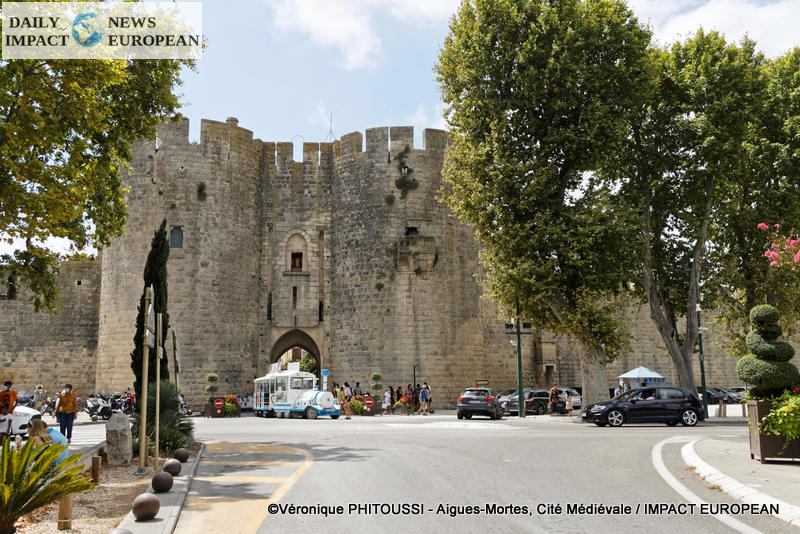
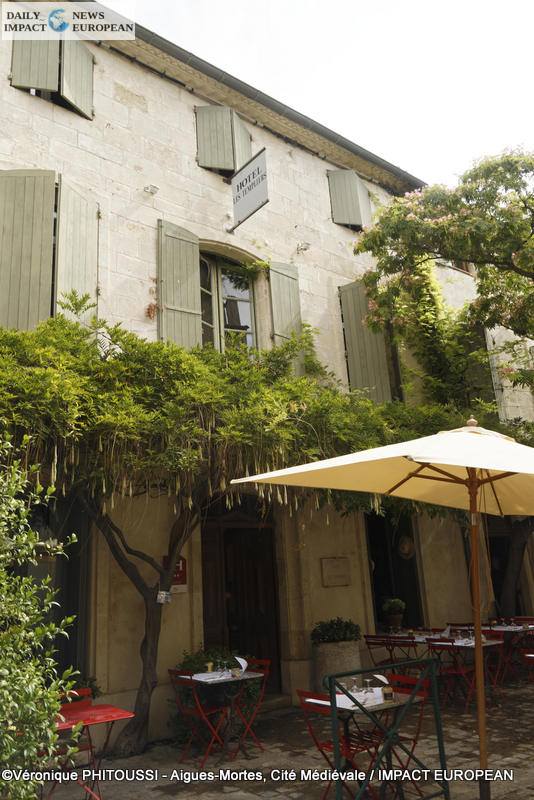
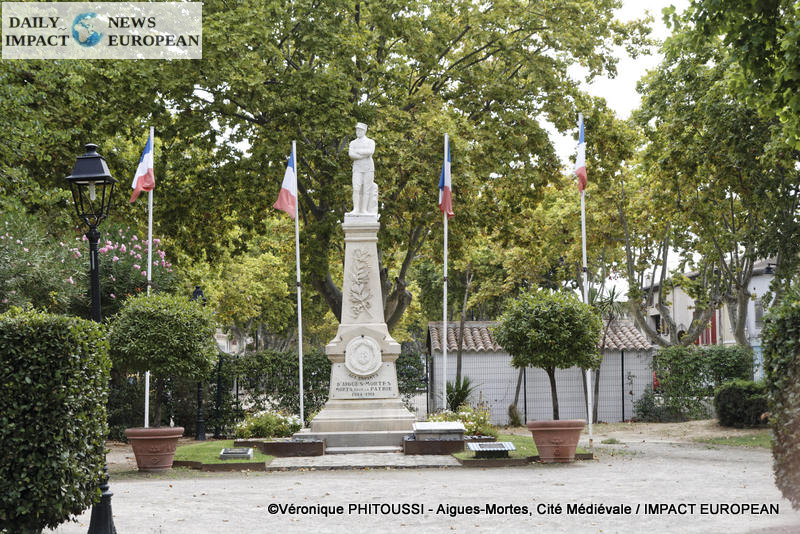
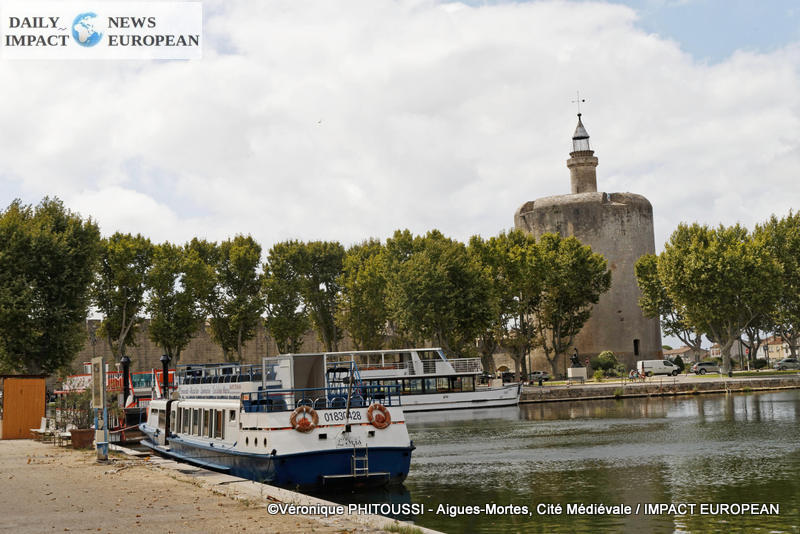
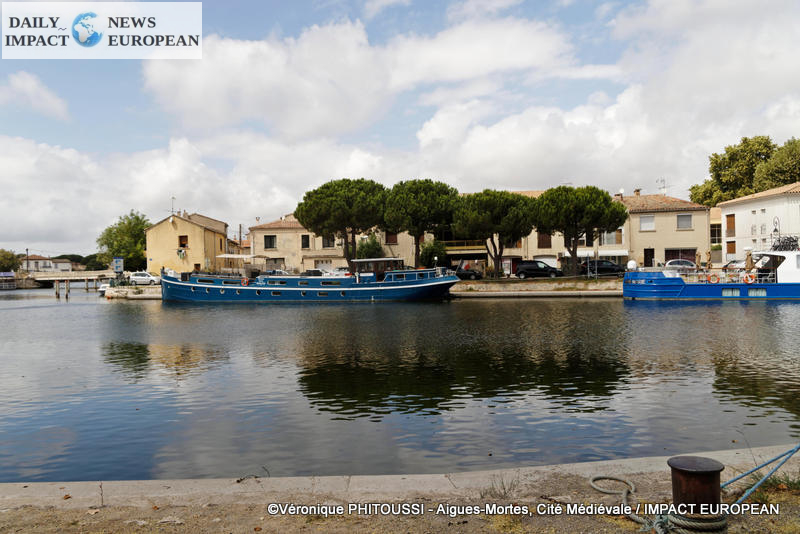
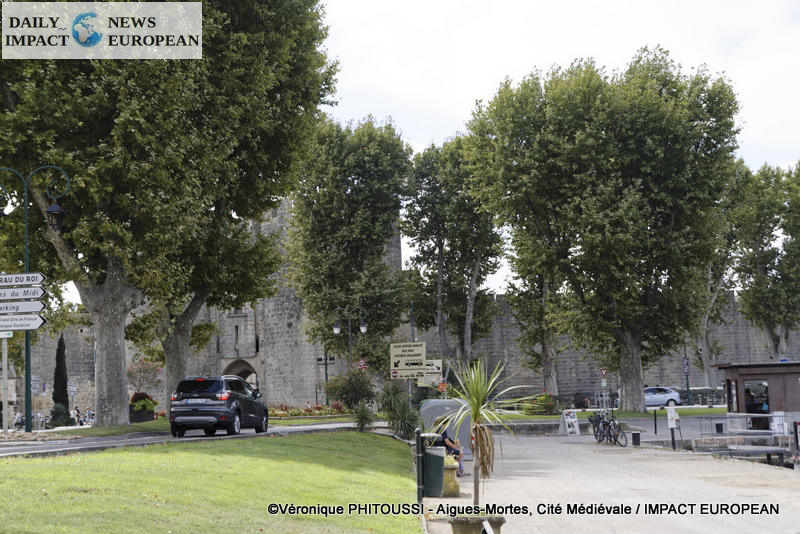
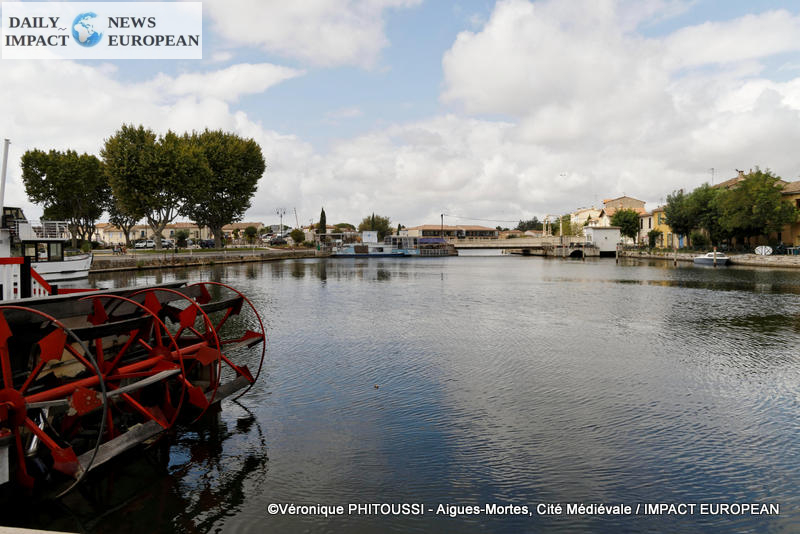
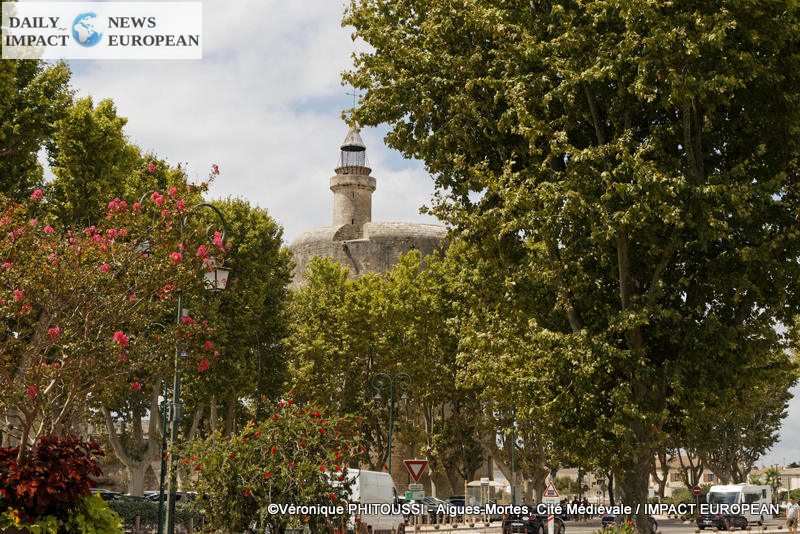
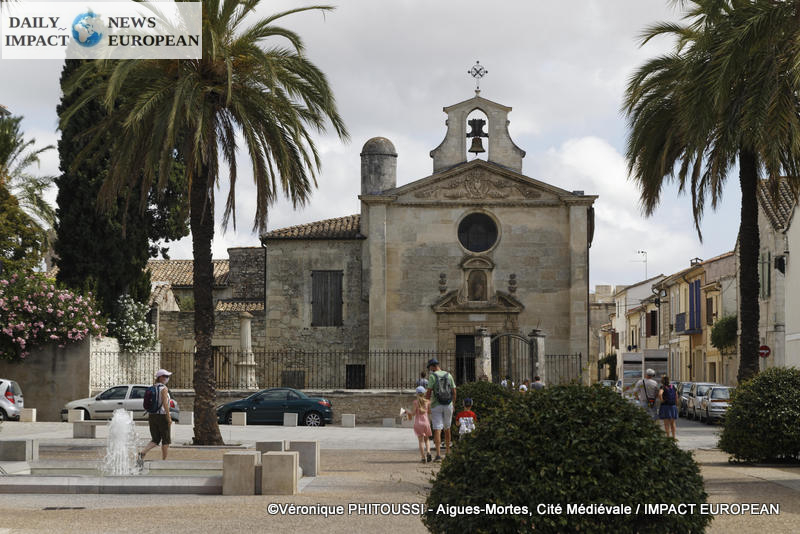
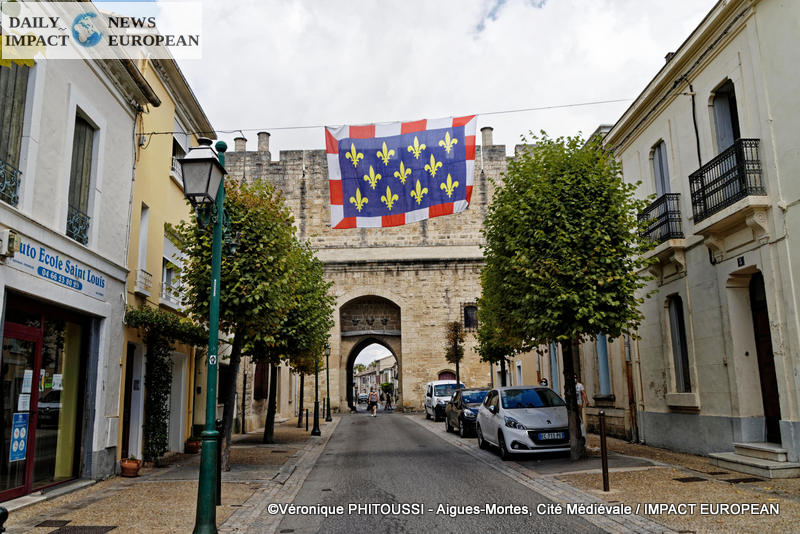
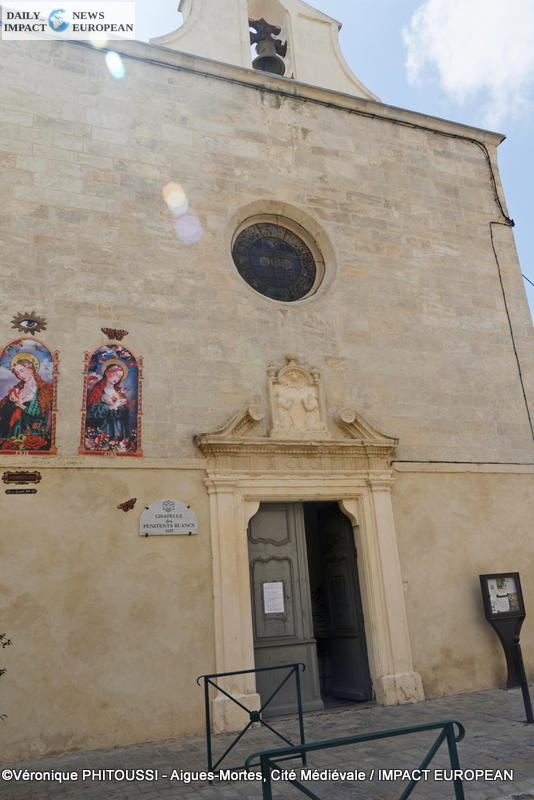

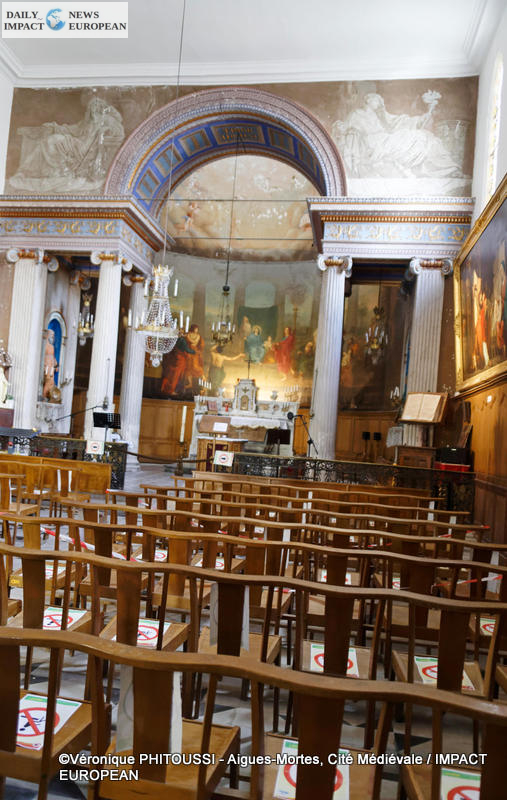
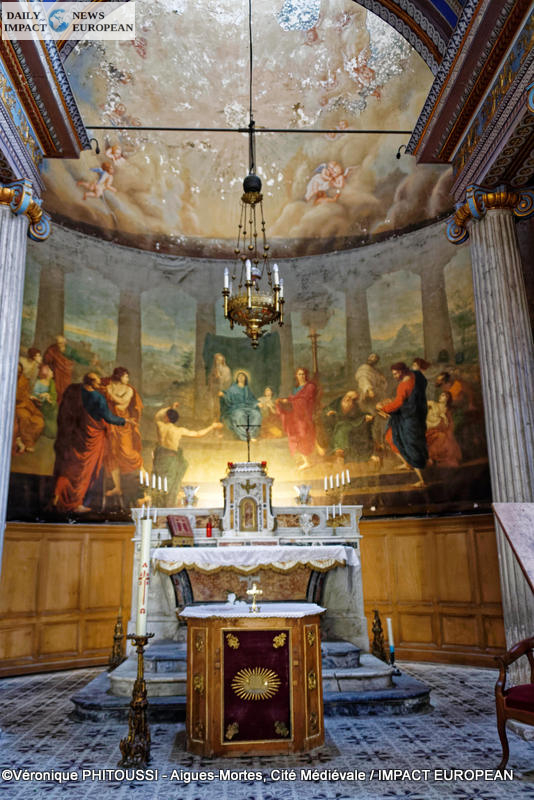
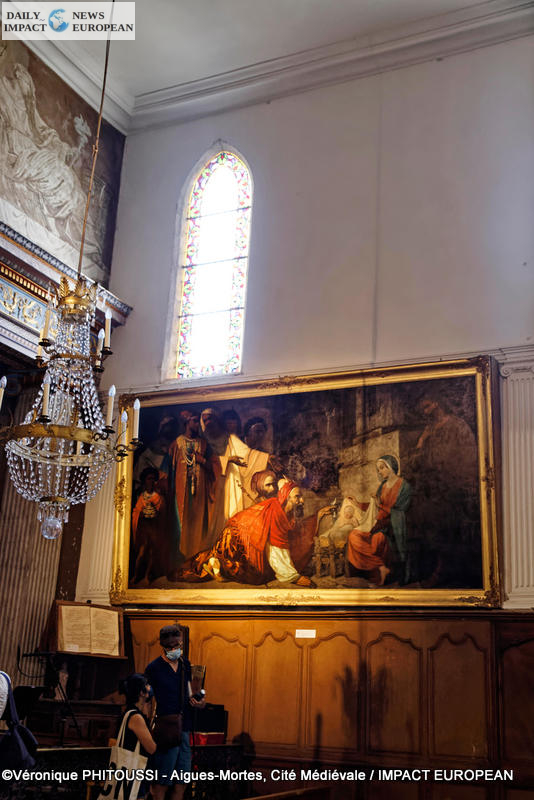
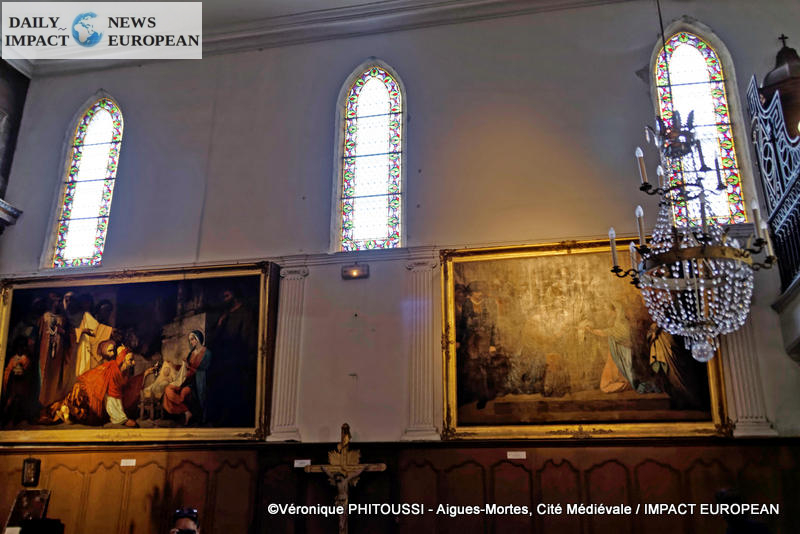
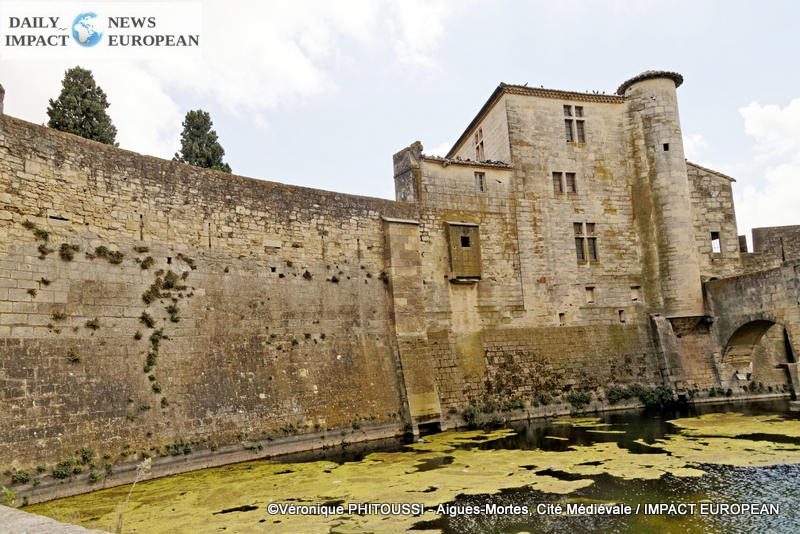

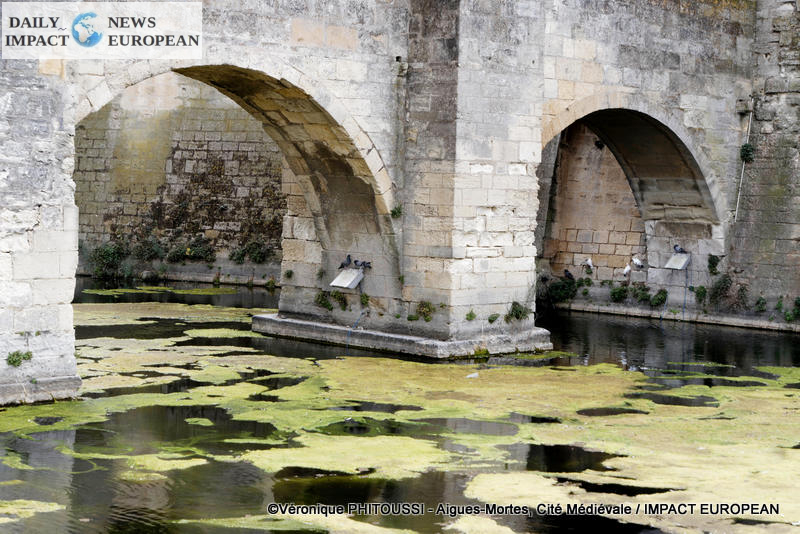
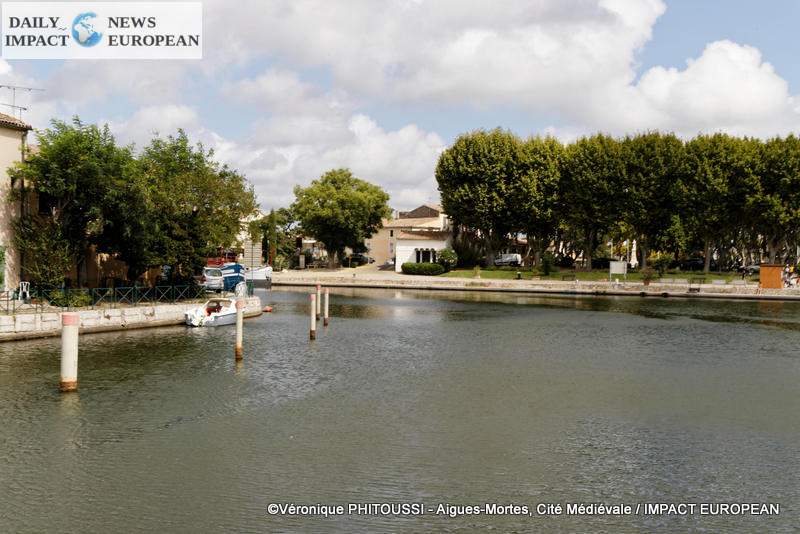
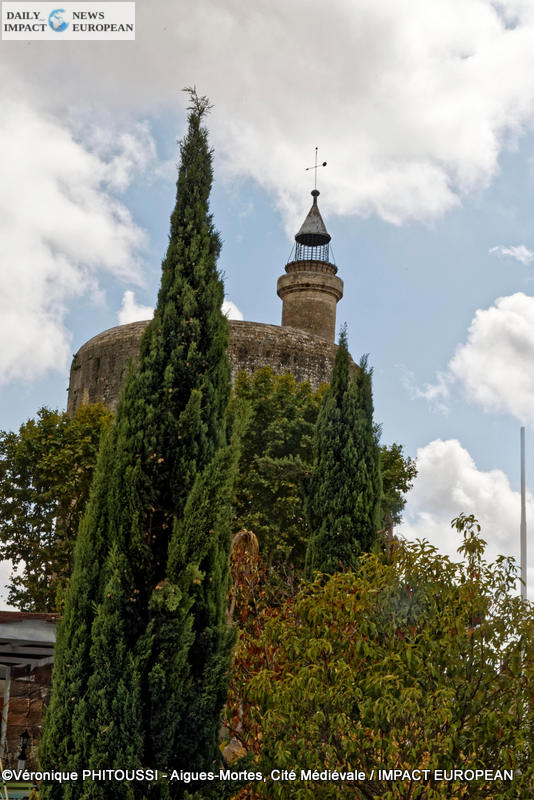
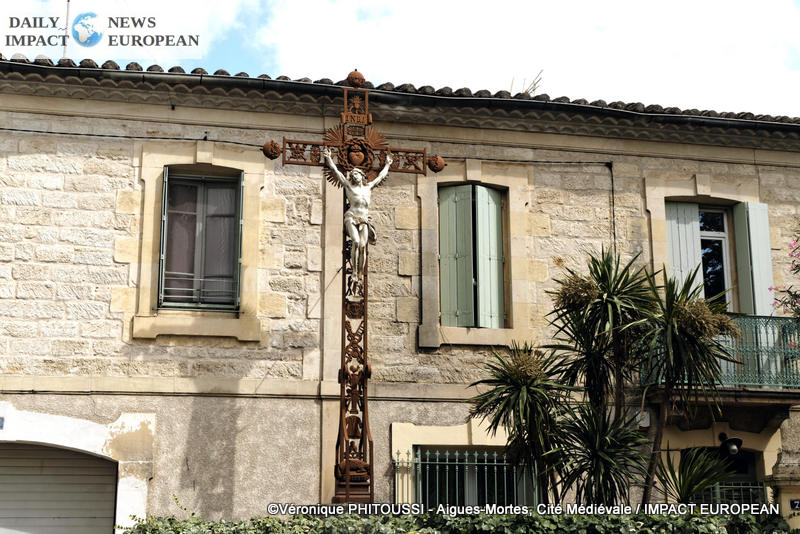

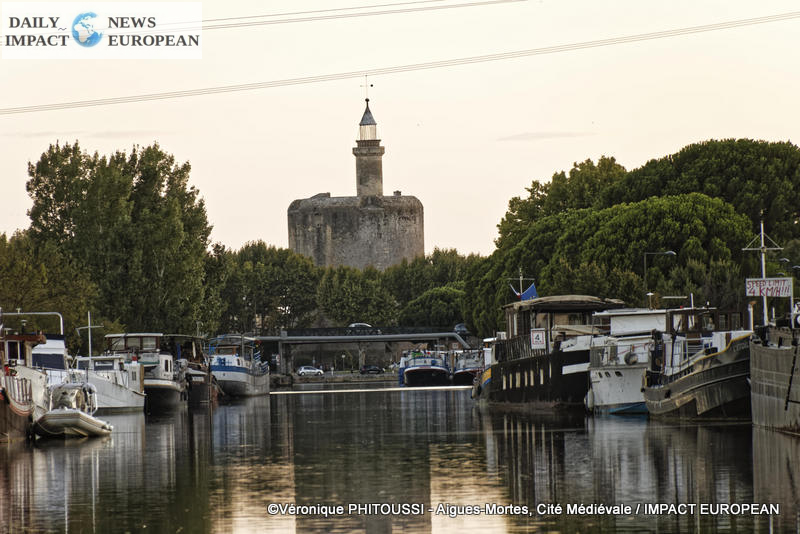
More Stories
Meeting between French and Israeli counterparts Emmanuel Macron and Isaac Herzog at the Élysée
“Dansong” at the Avignon Off Festival 2024
Olympic Flame at the Jardin du Musée Mac Val